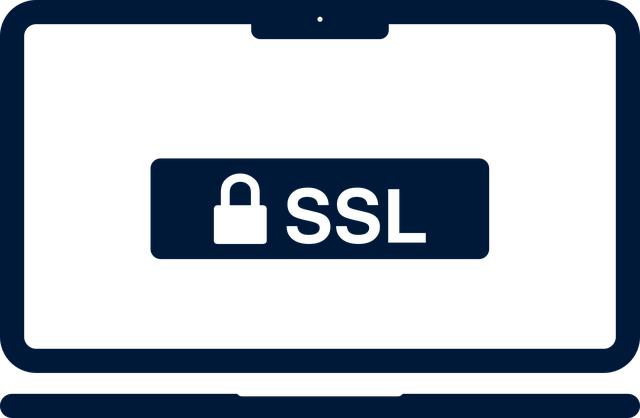In an increasingly digital world, the importance of secure web hosting cannot be overstated. As more businesses and individuals establish their online presence, the need to protect sensitive data and ensure the confidentiality of transactions has become paramount. One essential element of achieving this level of security is the implementation of SSL certificates.
Understanding SSL Certificates
Secure Socket Layer (SSL) certificates are cryptographic protocols that establish a secure and encrypted connection between a web server and a user’s browser. The primary purpose of SSL certificates is to ensure that data transmitted between the server and the user remains private and secure, safeguarding against potential threats, such as eavesdropping, data tampering, and man-in-the-middle attacks.
When a website has an SSL certificate, the server and the user’s browser communication is encrypted. This makes it challenging for malicious attackers to intercept and decipher the exchanged data. This is particularly crucial for websites that handle sensitive information like login credentials, credit card details, and personal data.
Read: Tricks To Optimizing Your Site For SEO With UK Web Hosting Providers
How to Buy an SSL Certificate for Your Website?
Purchasing an SSL certificate for your website is a straightforward process. Here’s a step-by-step guide to help you get started.
Identify Your Needs
Determine the type of SSL certificate you need based on your website’s requirements. Various types of SSL certificates are available, such as single-domain, multi-domain (SAN), wildcard, and extended validation (EV) certificates. Select a reliable and well-known Certificate Authority to buy an SSL certificate from.
Validation Process
Depending on the type of SSL certificate, the validation process may vary. The CA typically verifies ownership of the domain for domain-validated certificates, while for extended validation certificates, a more rigorous verification process is involved.
Generate a Certificate Signing Request (CSR)
To acquire an SSL certificate, you must generate a CSR from your web hosting control panel. The CSR contains essential information about your website and server.
Purchase the SSL Certificate
Submit the CSR to your chosen CA and complete the purchasing process. Review the certificate options, validity period, and warranty before paying.
Install and Configure the SSL Certificate
Once the CA issues the SSL certificate, follow their instructions to install and configure it on your web server. Most reputable CAs provide detailed guides or support to help you through the installation process.
Test the SSL Installation
After installation, conduct thorough testing to ensure the SSL certificate functions correctly. Verify that the padlock icon appears in the browser’s address bar and that the website loads securely over “https.”
Read: Choosing The Right WordPress Security Plugins
To Sum Up
SSL certificates are pivotal in ensuring secure web hosting by encrypting data, protecting against cyber threats, and enhancing user trust and credibility. Implementing an SSL certificate for your website is not only a best practice but also a necessity in today’s digital landscape. By investing in SSL protection, website owners can safeguard sensitive information, bolster their SEO efforts, and build a trustworthy online presence.

